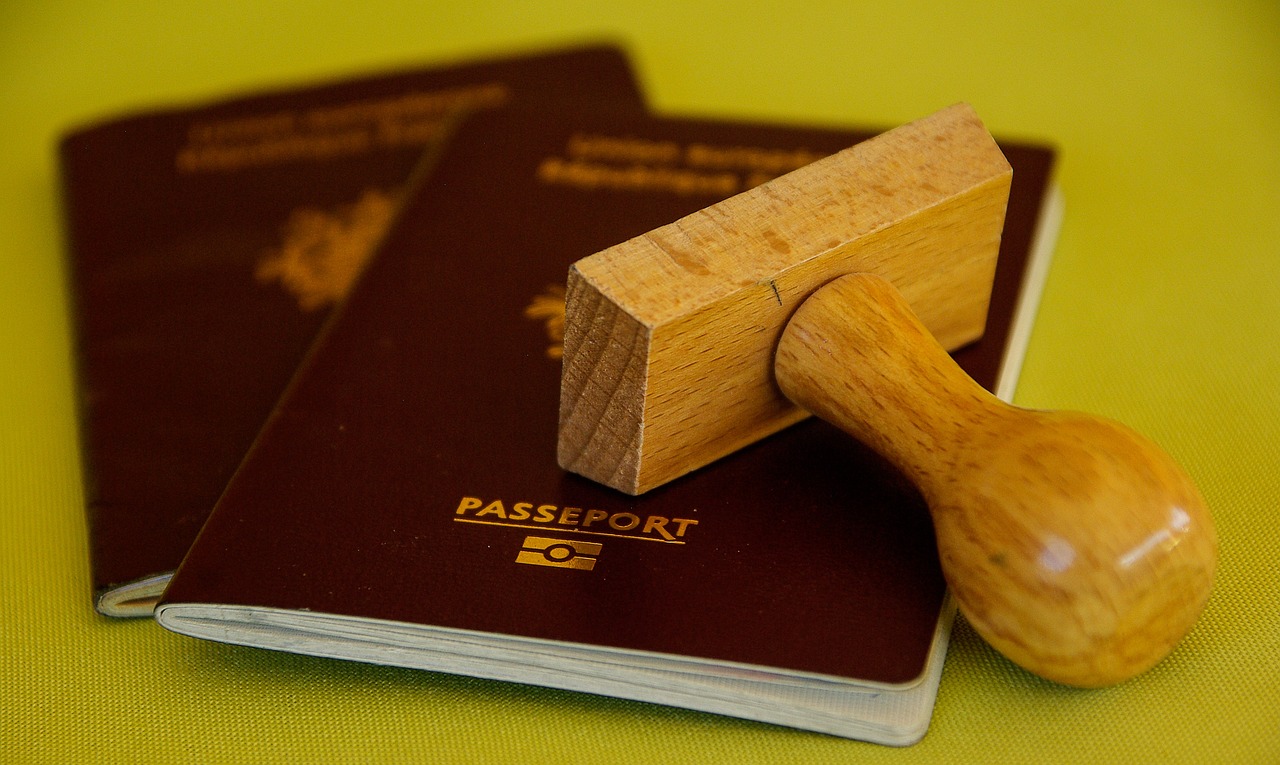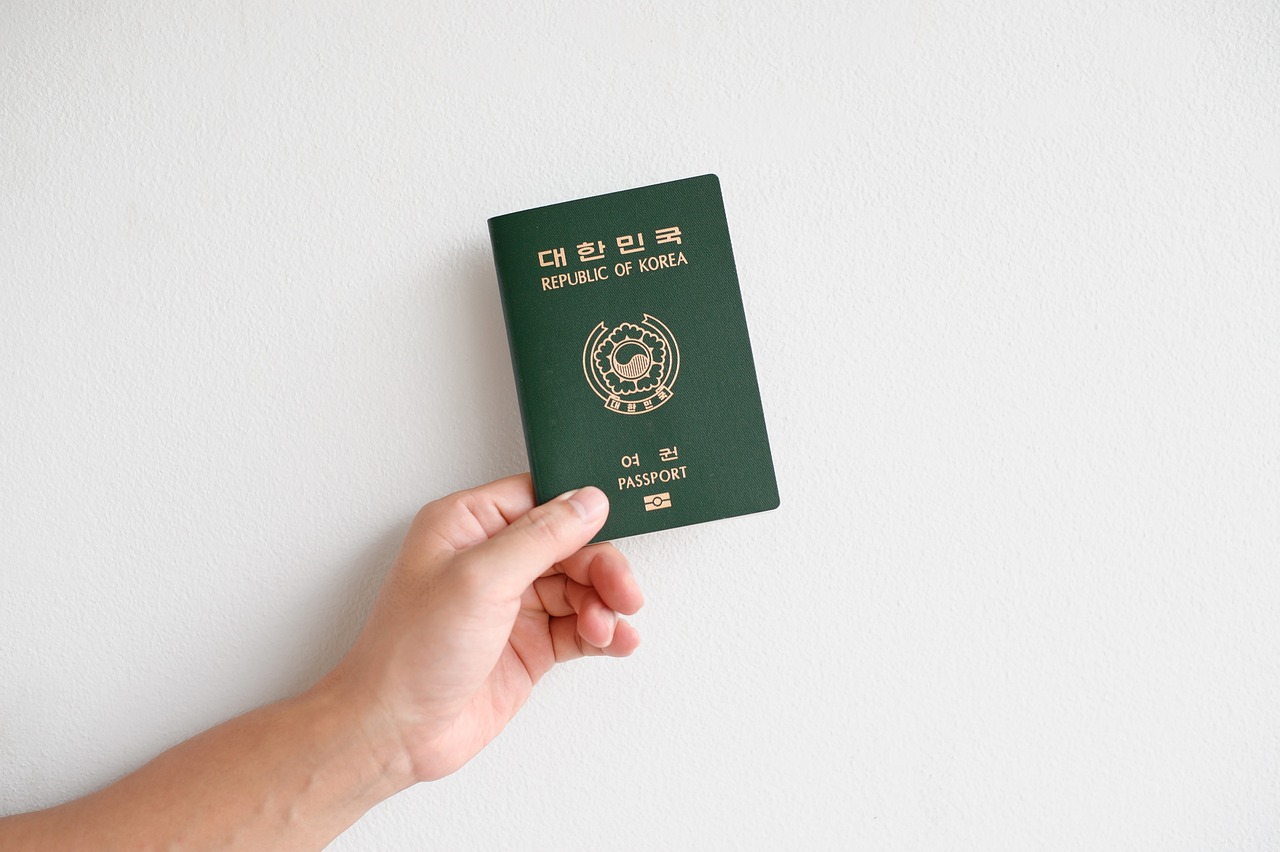Are you planning a trip to Puerto Rico and wondering if you need a passport? You’re not alone! Many travelers, especially those new to international travel, often ask this question. Puerto Rico, a beautiful Caribbean island with rich culture and stunning landscapes, is a popular destination for many vacationers. Knowing the travel requirements can make your trip smoother and worry-free. Let’s dive into the specifics of what you need to travel to Puerto Rico.

Understanding Travel Requirements to Puerto Rico
Overview of U.S. Territories and Travel Regulations
Puerto Rico is an unincorporated territory of the United States, which means it follows specific travel regulations set by the U.S. government. U.S. territories like Puerto Rico, Guam, and the U.S. Virgin Islands do not require a passport for U.S. citizens traveling to and from the mainland United States. These territories are treated similarly to domestic travel within the U.S., making it easier for citizens to visit without additional documentation. However, understanding the nuances of these regulations can help you prepare better for your trip.
Traveling to Puerto Rico: Do You Need a Passport?
For U.S. citizens, a passport is not required to travel to Puerto Rico. Since Puerto Rico is a U.S. territory, travel to and from the island is considered domestic. This means that U.S. citizens only need a valid government-issued photo ID, such as a driver’s license or a state ID. However, non-U.S. citizens will need a valid passport to enter Puerto Rico. This distinction is crucial for international travelers planning to visit this beautiful island.
| Information | Description |
|---|---|
| Puerto Rico’s Status | Unincorporated U.S. territory |
| U.S. Citizen Travel | No passport needed |
| Non-U.S. Citizen Travel | Passport required |

Traveling as a U.S. Citizen
Domestic Travel: Government-Issued Photo ID
When traveling to Puerto Rico as a U.S. citizen, you must present a government-issued photo ID. Acceptable forms of ID include a driver’s license, state-issued ID, or military ID. These IDs are standard for domestic flights within the U.S., and Puerto Rico is no exception. Ensure your ID is valid and up to date, as expired IDs might not be accepted by airlines or security personnel.
Real ID Act Compliance
The Real ID Act, passed by Congress, sets standards for issuing driver’s licenses and other identification cards. Starting May 7, 2025, travelers will need a Real ID-compliant card to fly domestically, including to Puerto Rico. Real ID cards have specific markings, such as a star, indicating their compliance. To obtain a Real ID, you must provide legal documentation proving your identity, such as a birth certificate or passport.
Traveling to Other U.S. Territories
Similar to Puerto Rico, other U.S. territories like the U.S. Virgin Islands, Guam, and the Northern Mariana Islands do not require a passport for U.S. citizens. A valid government-issued photo ID is sufficient for travel to these territories. This policy simplifies travel within these regions, making it more accessible for U.S. citizens to explore these unique destinations.
Entering American Samoa
American Samoa, another U.S. territory, has different entry requirements. U.S. citizens need either a passport or a certified U.S. birth certificate to enter American Samoa. This regulation is unique to American Samoa, so travelers must plan accordingly. Ensure you have the necessary documentation to avoid any issues at the border.

Traveling as a Non-U.S. Citizen
Passport Requirements for Non-U.S. Citizens
Non-U.S. citizens planning to visit Puerto Rico must have a valid passport. Unlike U.S. citizens, non-U.S. citizens must present their passport upon entry. This requirement ensures that all international travelers are properly documented when visiting the island. Make sure your passport is valid for the duration of your stay to avoid any travel interruptions.
Customs and Immigration Procedures
Upon arrival in Puerto Rico, non-U.S. citizens must pass through customs and immigration. These procedures ensure that all international travelers are legally entering the U.S. territory. Be prepared to present your passport and answer any questions from immigration officers. Having all your travel documents in order can expedite the process and make your entry smoother.

Traveling from Freely Associated States
Understanding Freely Associated States
The Freely Associated States include the Federated States of Micronesia, the Republic of the Marshall Islands, and the Republic of Palau. These states have special agreements with the United States, known as Compacts of Free Association. These agreements outline the terms of travel and residency between the U.S. and these states.
Passport Requirements for Travel
Travelers from the Freely Associated States need a passport to enter Puerto Rico. This requirement applies to all citizens of these states. The passport ensures that travelers can legally enter and stay in Puerto Rico during their visit. Ensure your passport is current and valid for the entire duration of your trip.

Traveling from Other Countries
Passport Requirements from the Caribbean and Other Regions
If you’re traveling to Puerto Rico from other Caribbean nations or regions, you must have a valid passport. This requirement applies to countries like the Dominican Republic and the Virgin Islands. Your passport should be valid for the length of your stay in Puerto Rico. Always check entry requirements before your trip to ensure you have the necessary documents.
Traveling from the British Virgin Islands, Dominica, and Jamaica
Travelers from the British Virgin Islands, Dominica, and Jamaica must also have a valid passport to enter Puerto Rico. These countries are not part of the U.S. territories, requiring a passport for entry. Ensure your passport is up to date and meets the entry requirements for Puerto Rico to avoid any travel issues.

Exploring Puerto Rico
Puerto Rico as an Unincorporated U.S. Territory
Puerto Rico is an unincorporated U.S. territory, meaning it is part of the United States but has a unique status. This status allows for certain self-governance while still following U.S. federal laws. Understanding this can help travelers recognize the island’s unique political and cultural landscape.
Currency and Language
In Puerto Rico, the U.S. dollar is the official currency. Travelers won’t need to worry about currency exchange, making transactions straightforward. Both Spanish and English are widely spoken, with Spanish being the dominant language. However, many people in tourist areas, especially in San Juan, are bilingual, making communication easier for English-speaking visitors.
Popular Destinations and Attractions
Puerto Rico offers a variety of attractions for visitors. Popular destinations include Old San Juan, Vieques, El Yunque Rainforest, and Mosquito Bay. Each location offers unique experiences, from historical sites to natural wonders. Planning your itinerary to include these highlights can enhance your travel experience.
Local Culture and Cuisine
Puerto Rico boasts a vibrant culture and delectable cuisine. Local dishes like mofongo and lechón are must-tries for food lovers. The island’s culture is a blend of Taino, African, and Spanish influences, creating a rich and diverse cultural tapestry. Engaging with the local culture can provide a deeper understanding of Puerto Rico’s history and traditions.
Transportation and Time Zones
Getting around Puerto Rico is relatively easy, with various transportation options available. The island operates on Atlantic Standard Time and does not observe Daylight Savings Time. Understanding the time zone can help you plan your activities and schedule accordingly.

Conclusion
Summary of Travel Requirements
In summary, U.S. citizens do not need a passport to travel to Puerto Rico. A valid government-issued photo ID is sufficient. Non-U.S. citizens, however, must have a valid passport. The Real ID Act will also impact travel requirements starting May 7, 2025, requiring a Real ID-compliant card for domestic flights, including to Puerto Rico.
Key Points to Remember
- U.S. citizens only need a government-issued photo ID to travel to Puerto Rico.
- Non-U.S. citizens must have a valid passport.
- The Real ID Act compliance starts on May 7, 2025.
- Check the entry requirements if traveling from the Freely Associated States or other countries.
- Puerto Rico uses the U.S. dollar and operates on Atlantic Standard Time.
- Explore popular destinations and immerse yourself in the local culture and cuisine.
With these travel requirements in mind, you can confidently plan your trip to Puerto Rico and enjoy all the island has to offer.
Originally posted 2024-08-07 12:42:11.
